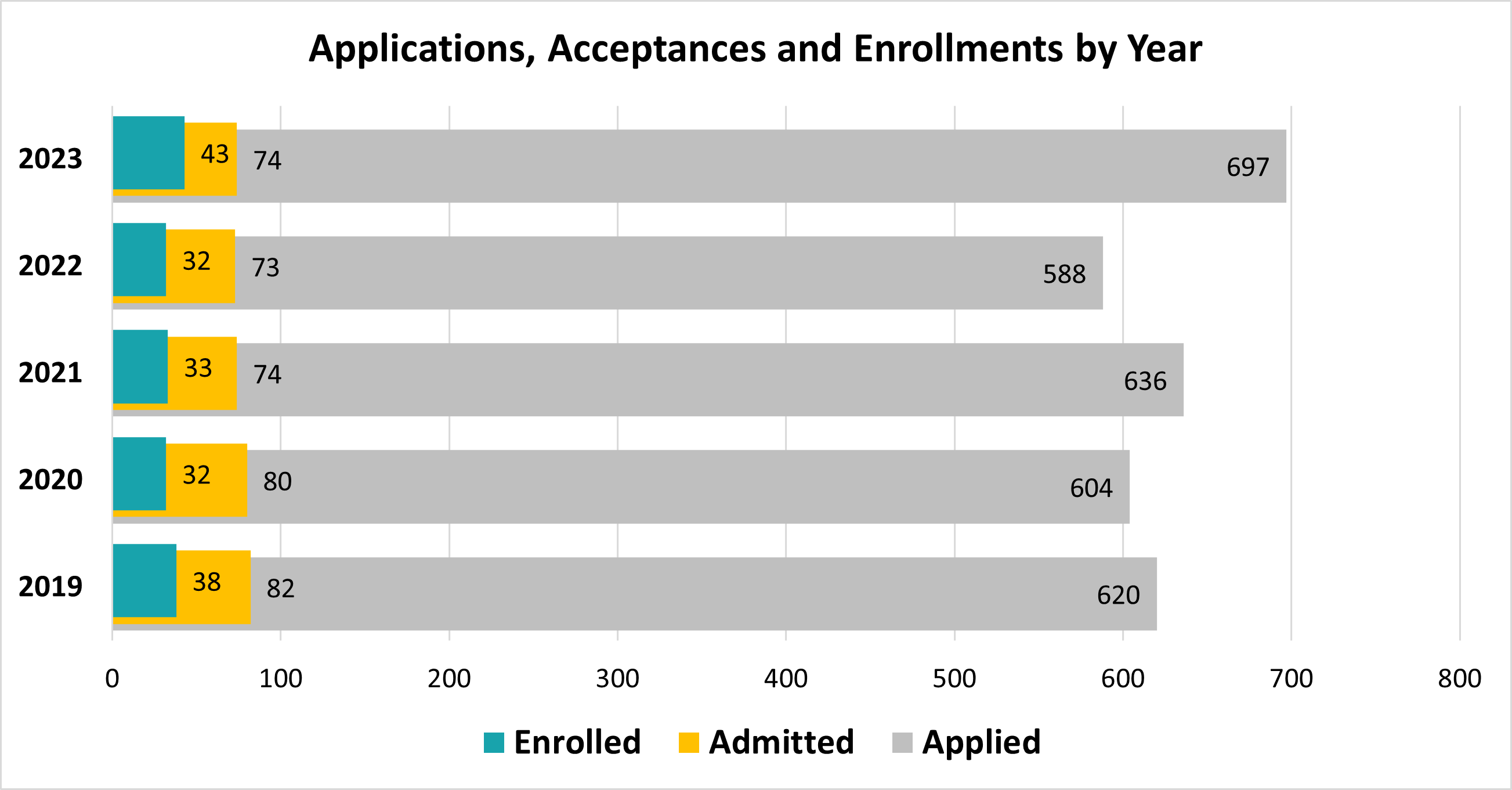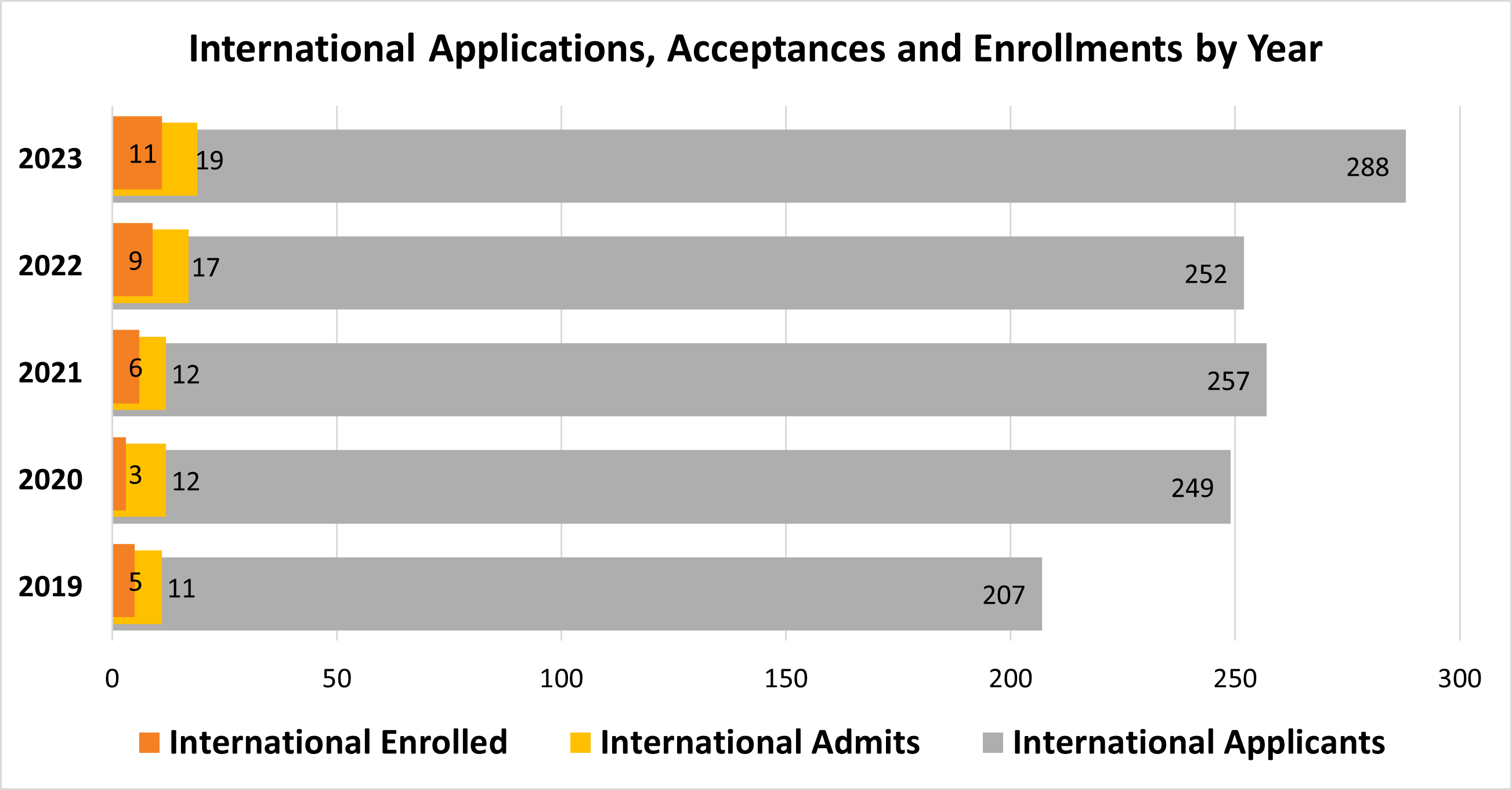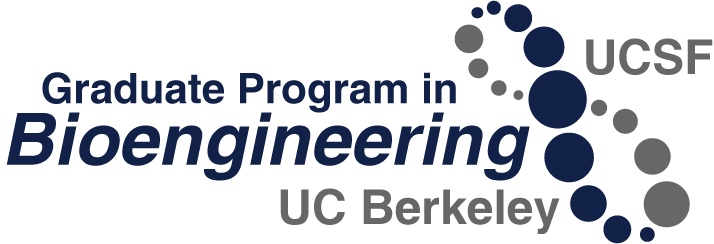Diversity is integral to achieving the UC Berkeley – UCSF Bioengineering Training Program’s goals of excellence in research, education, and service. We recognize the need for a diverse cadre of bioengineers who will lead the next generation of biomedical innovation. These scientists must be prepared to develop new solutions for the biomedical needs of an ever-changing society. To this end, we have made a concerted effort to aggressively recruit and retain talented individuals who are either underrepresented in science/engineering or who come from disadvantaged backgrounds. Our program also leverages and benefits from large-scale efforts to advance the University’s longstanding commitment to excellence and diversity on both campuses.
The bioengineering program has recently implemented new strategies to complement our ongoing efforts to recruit a diverse pool of outstanding students. These efforts were led by the Recruitment Committee comprised of students, program administrators, and faculty co-chairs from each campus. As in prior years, the recruitment visit provides candidates an opportunity to visit the UCSF and UCB campuses, tour laboratories and several exceptional core facilities, and meet with faculty, current students, and alumni formally and informally. Top candidates who could not attend a visit weekend (i.e. international candidates) were interviewed by phone or Skype.
This year we used a new algorithm to develop schedules for student recruitment. This improved our ability to pair students with available faculty based on their scientific interests and to streamline student travel across the UCSF and UCB campuses. Faculty were briefed and reviewed candidate bios to best utilize the interview experience. Following the visit, we implemented a systematic recruitment strategy for all admitted candidates. Recruitment sub-chairs for each research area (i.e. Computational Biology, Imaging) and for Diversity contacted the relevant students by phone and email to encourage consideration of our program, to answer questions, and to connect them with resources or faculty to guide decision making.
Program Admission Demographics




